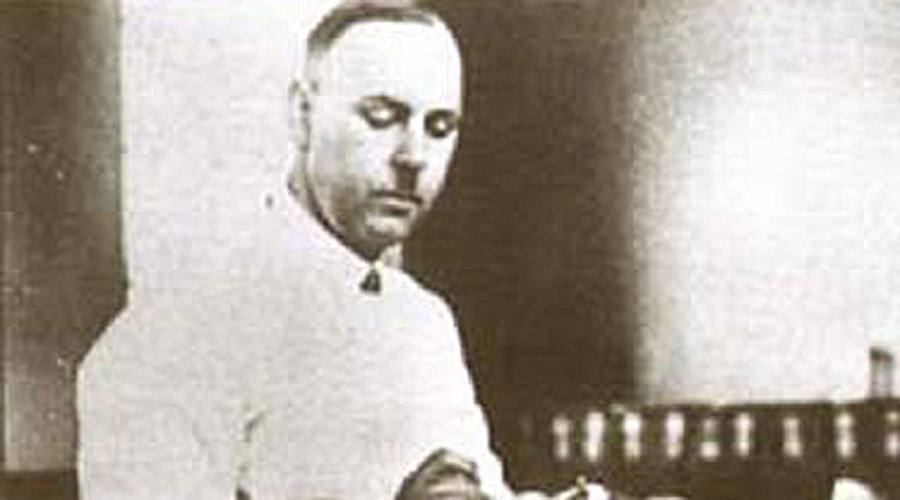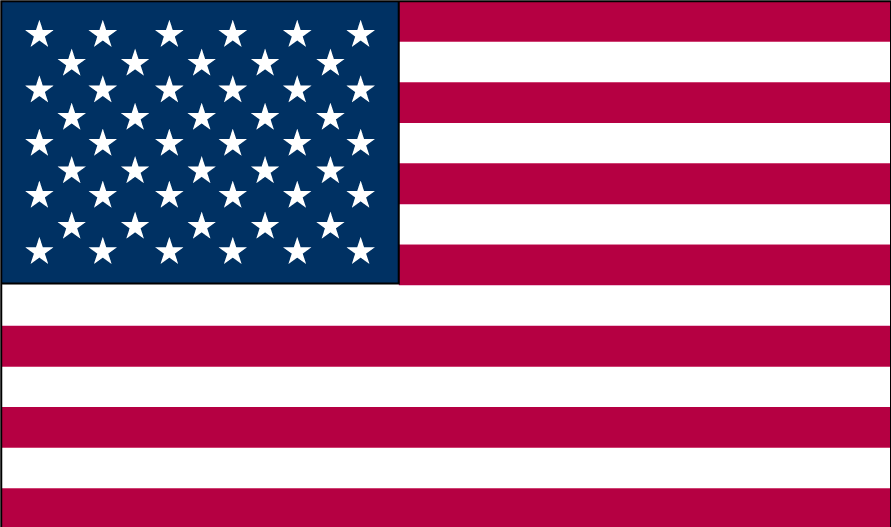Battle
Over Banking: A Public Bank for the Republic of Vermont by Jim Hogue
This article was first published in Green Mountain Noise, 2VR’s E-zine publication
Introduction
In 1694, British Financiers formed the Bank of England and changed
the world. Public money in the form of tally sticks ended. Villains had
been practicing usury for centuries, “as loan oft loses both itself and
friend, and borrowing dulls the edge of husbandry.” But “banking” made
for the best of all possible worlds.
The English crown needed money to prosecute its wars. The owners of
the Bank of England had it. From their reserves in gold, they created
and then lent to the crown, at interest, whatever amount the crown
wanted. The changed world would henceforth be on a “war footing.” The
devastations, waste, and tragedies of war were eventually spun into
“good for the economy.”
Usury was bad. Banking was good.
But many did not fall for it: Franklin, Jefferson and Paine to name
three. The refusal of the founding patriots to pay tribute to the
institution that extracted money from the colonies was the primary cause
of the War of Independence. Their continued refusal helped cause the
War of 1812.
Enter Vermont. A state since 1791, Vermont had minted her own coins
during her 14 years of independence. From that time until 1806, the
people of Vermont used a potpourri of currencies, many issued by private
banks from neighboring states. The problems of usury, fraud, discounted
notes, counterfeiting, bad debt, along with inefficient and unreliable
means of buying and selling seemed unsolvable. Vermont did not have a
bank, either public or private, and thereby hangs a tale.
Part I: The Vermont State Bank
In 1803 the Vermont legislature, Governor Tichenor, and his council
took up the banking question. Though the legislature passed a bill 98-93
in favor of bank charters for Windsor and Burlington, the governor and
council “non-concurred” and published arguments against banking and
submitted them to the legislature. Read the story of the bank’s
formation as described by George B. Reed in “Sketch of the Early History
of Banking in Vermont.”[1]
Among the 8 reasons for disallowing banks in Vermont, were
#3 “Banks, by facilitating enterprises both hazardous and
unjustifiable, are a natural source of all that class of vices which
arise from the gambling system and which cannot fail to act as sure and
fatal, though slow, poisons to the republic in which they exist.”
#5 “Banks have a violent tendency, in their natural operation, to
draw into the hands of the few a large proportion of the property at
present fortunately diffused among the many. The tendency of banks seems
to be to weaken the great pillars of a republican government, and at
the same time to increase the forces employed for its overthrow.”
#6 “As banks will credit none but persons of affluence, those who
are in greatest need of help cannot expect to be directly accommodated
by them.”
In 1804, the Vermont legislature recommended that the arguments
regarding banking be put before the people, and that a vote on a banking
bill be held in 1805. This was done, and the proponents of banking made
a good case that banks would solve the many problems that Vermonters
faced, including counterfeiting, inefficiency, and the draining of
capital by out-of-state (“foreign”) banks.
In 1805, supporters presented petitions for banks in Windsor and
Burlington, and Titus Hutchinson backed a bill “establishing a State
(public) Bank.” Though the legislature passed it, the governor and
council did not concur. It was agreed “that the General Assembly should
go into such a consideration of the subject as shall lead to a thorough
investigation of its principles, practicability and policy.” This was
done and sent to a committee of five, and then dismissed.
1806 proved the year. “Petitions to the legislature for bank charters
were numerous.” The legislature voted on petitions for private banks,
which lost by two votes, after which a bill was introduced to establish
“The Vermont State Bank.” This bill “passed by a large majority, the
governor and council concurring.” Branches were established in
Woodstock and Middlebury. Section six of the bill insured a 100% reserve
in specie up to “twenty five thousand dollars, after which they may put
in circulation bills to three times that amount of such deposit,
provided said deposit shall not exceed three hundred thousand dollars.”
The charter insured that the officers of the bank adhere to sound and
prudent policy, monitored by a committee from the legislature.
In 1807, the directors’ report concluded “The obstacles that were
inseparable from an institution established on principles hitherto
unattempted in the banking system (emphasis mine) have been happily
surmounted and the practicability of those principles established. The
high credit and extensive circulation of our bills, we trust, are
sufficient to inspire the public confidence, and to insure a continuance
of their patronage. Under the fostering care of the legislature, we are
induced to believe that this institution may become highly conducive to
the convenience of the citizens, and a productive source of revenue to
the state.”
Two more branches were added: Burlington and Westminster.
Profits of the Bank:
1808 – $11,171.44
1809 – $22,412.48
1810 – $33.066.19
1811 – $44,769.11
The banks proved successful despite the many impediments thrown at Vermont by neighboring states and their private banks.
In the words of Governor Galusha in 1809 in his message to the House:
It will deserve your attention. The failure of several private banks
in the vicinity of this state, the rejecting our bills by the law of one
state and the policy and caprice of others, has embarrassed our
mercantile intercourse with the adjoining states. . . .The manner to be
pursued to meet or remove these impediments I leave to your
consideration. It will be remembered by many that I was not amongst
those that favoured the institution of country banks; but it is apparent
that the establishment of a public bank in this state has saved many of
our citizens from great losses, and probably some from total ruin – for
it is obvious that but for this establishment, in lieu of our own
Vermont bank bills, our citizens would on the late bankruptcies have
been possessed of large sums of depreciated paper of the failing private
banks. . . .”
The House reciprocated the Governor’s sentiments, and so it seemed
that the state was well committed to the continuation of the bank and
the well being of her citizens. The bank enriched the state of Vermont
and her people for several years, but the pressures from outside
influences caused the legislature eventually to cave in. In 1812, they
took steps to dissolve the bank. The “Sketch” by George B Read, from
which I have quoted thus far, leaves the rest to speculation, implying
that a majority of the legislators had lost both their backbones and
their senses. Further research from other sources, in particular History
of Woodstock Vermont 1761-1886 by Henry Swan Dana, provided a
comprehensible account of the bank’s end, summarized in the paragraphs
below.
Titus Hutchinson, representative from Woodstock and one of the
originators of the idea of a Vermont Public Bank, valued the experiment
thus:
No monarch lurked beneath the folds of such a institution as the one
proposed; for it would be in the hands not of a corporation of soulless
individuals, but of the true friends of the people, who, moreover . . .
would have the means at command to make more friends to themselves for
the protection of the commonwealth. Then, as a further and more
important consideration, the bank in its operations would be limited
only by law. Out of reasons like these, to adduce no additional motives,
grew The Vermont State Bank.
Gold, copper and silver were deposited in exchange for the bills
printed by the bank. Still, there was great fear that the bills were not
backed up by a responsible entity. The private banks did not give this
new invention “a welcome, feel a common interest in it and afford to the
circulation of its paper that facility which they impart to the notes
of one another.” Furthermore, “The moneyed of Boston, who ruled the
whole of Massachusetts, waged uncommon war against the country banks,
and especially against the Vermont State Bank.”
Counterfeiters re-emerged, like Stephen Burroughs in Canada who
flooded the state with “Burroughs shags.” Private banks that failed owed
them money. There was a lack of local produce on which to spend the
money in state, so the bills were spent afar and then redeemed for
specie at the bank by representatives (runners) of the “foreign” banks.
Federal lawyers and merchants, it seems, borrowed large sums of money
from the bank, conspired to discredit the bills, and, when the bills
were discredited, they bought them at a large discount and then paid
their debts, pocketing the extra money that they had bought up cheep.
It’s possible, however, that the bank’s demise was due to excessive
amounts of bills in circulation as a ratio to the reserves in the bank.
So their value fell below par. People feared that the president and
directors of the bank could be sued for breach of contract, and any
judgment rendered against them would be paid by the state treasurer.
I would like to be able to point to a definitive event, such as the
assassinations of Lincoln and Kennedy (ending government issuance of
Green Backs and Silver Certificates, respectively) or the wars against
Iraq and Libya (ending their independent state currencies), or the great
fire in Parliament burning the tally sticks. But one can see from the
events surrounding the demise of the Vermont State Bank that any of the
several events cited in this article could have been the reason. If
Titus Hutchinson had been clairvoyant, he might have predicted the
extent of corruption involved in the control of the money supply. The
struggle involved in money creation and the profits thereof
(seigniorage) raged at the time and remained in open debate from
colonial times through the early 1800s through Presidents Madison,
Jackson, Lincoln, Wilson, and Kennedy. They all knew that money creation
was a serious, deadly game. “The money powers prey upon the nation in
times of peace and conspire against it in times of adversity,” Lincoln
noted. “They are more despotic than monarchy, more insolent than
autocracy.”[2]
Today, we see clearly the results of the victory of the money powers
over all, and the arrogant corruption that is its essence. Rolling
Stone journalist Matt Taibbi is the most recent of many observers – G.
Edward Griffin, Smedley Butler, John Perkins, Greg Palast and Ellen
Brown – to expose the collusion among the money powers and congress, the
judiciary, and the presidency. It is neither quaint nor curious that
the press at large cannot bring itself to follow the lead of those who
have laid out these uncomfortable truths. It is treasonous. Woodrow
Wilson said it after he signed the unconstitutional Federal Reserve Act
of 1913 into law.[3] With the signing into law of that act, the money
powers gained control of the three branches of government. JFK trumped
them when he issued Silver Certificates; but this development, for the
money powers, was a mere bump in the road. The utter failure of
congress, the judiciary, the executive, the constabulary, and the press
to investigate and prosecute those responsible for the murder of JFK
proved that the United States was ruled by an untouchable, unspeakable,
higher power, as Presidents Lincoln and Wilson described.
More to Read:
http://2vr.org/2014/05/26/battle-over-banking-a-public-bank-for-the-republic-of-vermont-by-jim-hogue/



















